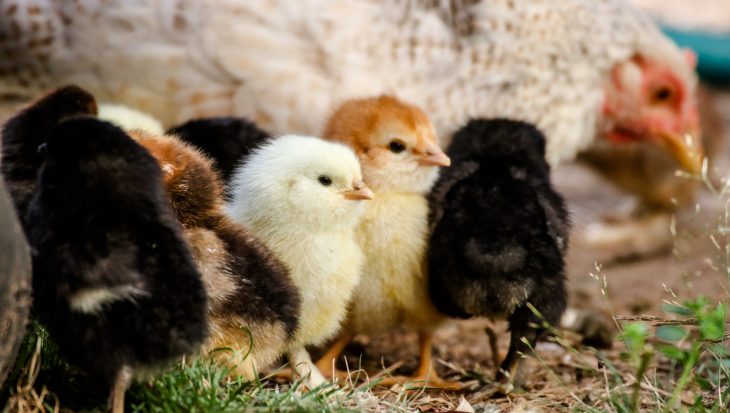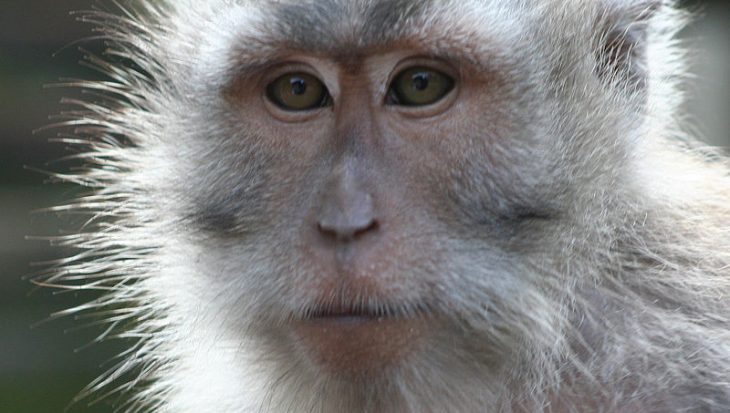According to the 2022 figures for the University of Cambridge, a total of 206,992 animals were used in laboratory experiments. 68 experiments involved the use of primates with 4 of these being classified as “severe.” The term “severe” is reserved for the highest level of pain, suffering, distress and lasting harm legally permissible to inflict on animals in experimental settings.
One experiment carried out at the university involved using marmosets (a type of small monkey), who had holes drilled in their skulls and a substance injected into their brains
- The animals also underwent surgery to have probes inserted into their hearts to measure their blood pressure at certain times
- They were observed being stared at by a person they did not know (‘intruder’) and also when they were expecting a reward and their behaviour noted.
- Later on they had two cannula inserted into different parts of their brains and these remained in place, being cleaned each week.
- Substances were injected into the cannulas to reach the different parts of the animals’ brains.
- The animals were again observed with the ‘reward’ and the ‘intruder test’ to observe differences in their behaviour.
- At the end of the experiment, the monkeys were killed, their brains removed and thinly sliced so they could be analysed.
The experiment aimed to study:
- Which parts of the brain affect anxiety and pleasure.
- The effects of different substances on these areas.
The 11 monkeys used in these experiments are described as being ‘bred on site at the University of Cambridge Marmoset Breeding Colony’. It is of great concern that, with a breeding colony of these small, sensitive and intelligent animals, the researchers will continue with research of this type. Indeed, they describe how they plan more ‘experiments to further reveal the pathway-specific dysregulation in non-human primates’.
The information from animal experiments often fails to translate to humans because there are significant physiological and genetic differences between the species. Marmosets are much smaller than humans, have different metabolic rates, immunological functions, and brain structures. For example, the marmoset brain is much smaller than the human brain, around 8 grams compared to around 1300 grams in humans. This affects brain complexity, cognition, and behaviour. Such interspecies differences mean that a substance showing efficacy in marmosets cannot be assumed to work the same way in humans.
Sadly, the use of primates is the tip of the iceberg for the University of Cambridge. Other animals harmed in experiments at the university included mice, sheep, rabbits, pigs, and chickens. Animal Aid launched the campaign ‘Universities Challenged’ last year, to increase transparency around animal experiments happening at British universities.


